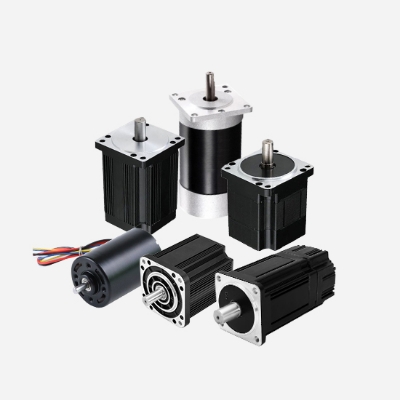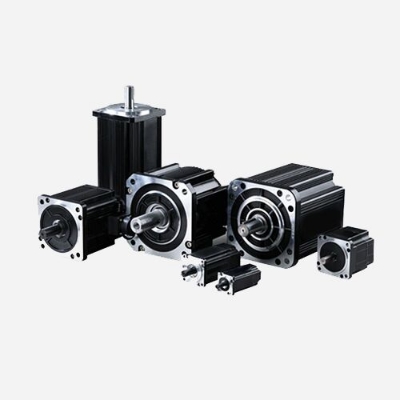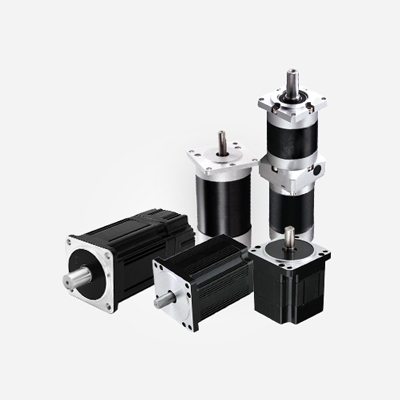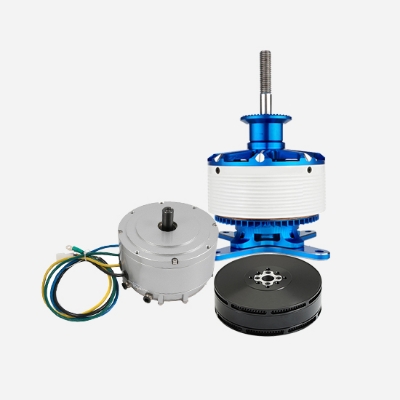In the realm of aerospace engineering, where innovation propels the boundaries of human exploration, every component plays a crucial role in ensuring safety, efficiency, and performance. Among these components, brushless motors stand out as indispensable elements, revolutionizing propulsion systems and driving advancements in aerospace technology.
Brushless Motors Advantages
Brushless motors, also known as BLDC motors, have gained significant traction in aerospace engineering due to their numerous advantages over traditional brushed motors. Unlike brushed motors, which rely on physical brushes to transfer electrical energy to the rotor, brushless motors operate using electronic commutation, enhancing reliability and reducing maintenance requirements.
One of the primary benefits of brushless motors in aerospace applications is their efficiency. By eliminating the need for brushes, which inherently cause friction and wear, brushless motors experience less energy loss and produce higher power output for a given input. This efficiency is crucial in aerospace, where every ounce of weight and watt of power matters, directly impacting fuel consumption, range, and overall performance.
Moreover, brushless motors offer exceptional power-to-weight ratios, making them ideal for propulsion systems in aircraft, spacecraft, drones, and other aerospace vehicles. The lightweight yet powerful nature of brushless motors allows engineers to design more agile, maneuverable, and fuel-efficient aircraft, enhancing both civilian and military aviation capabilities.
In addition to efficiency and power, brushless motors offer enhanced durability and longevity compared to their brushed counterparts. With no physical brushes to wear out over time, brushless motors exhibit prolonged operational lifespans, reducing maintenance costs and downtime. This reliability is paramount in aerospace applications, where safety and dependability are non-negotiable factors.
In summary, brushless motors have become an indispensable asset in aerospace engineering, driving innovation, efficiency, and performance across a wide range of applications. With superior efficiency, power-to-weight ratio, durability, and precise control, brushless motors have the potential to shape the future of aviation and space exploration, ushering in a new era of aerospace excellence.
Applications
Brushless motors play a significant role in aerospace engineering, primarily due to their efficiency, reliability, and compactness. Here are several ways in which brushless motors are utilized in aerospace applications:
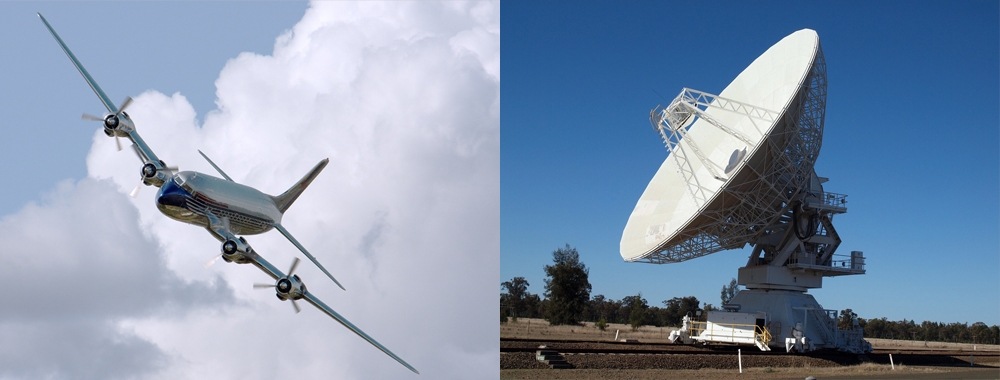
Electric Propulsion Systems
Brushless motors are commonly used in electric propulsion systems for drones, UAVs (Unmanned Aerial Vehicles), and small aircraft. These motors drive propellers or rotors efficiently, offering quiet operation and precise control.
Actuation Systems
Brushless motors are employed in various actuation systems within aircraft, such as for controlling flaps, ailerons, elevators, and rudders. Their precise control and high torque make them suitable for ensuring precise movement and stability.
Avionics Cooling Systems
In avionics systems, brushless motors are utilized in cooling fans and pumps to regulate temperatures within critical electronic components. Their compact size and high efficiency are advantageous in confined spaces.
Fuel and Hydraulic Pumping Systems
Brushless motors are used in pumping systems for delivering fuel or hydraulic fluids within aircraft. Their reliability and ability to operate in harsh environments make them suitable for such critical applications.
Auxiliary Power Units (APUs)
Brushless motors can be found in APUs, which provide supplementary power for starting aircraft engines, maintaining cabin temperature, and powering essential systems when the main engines are not operational. These motors ensure reliable APU operation.
Satellite Attitude Control
In satellite systems, brushless motors are utilized in reaction wheels and control moment gyroscopes for attitude control and stabilization. Their precise control and high torque enable the accurate positioning of satellites in space.
Spacecraft Docking Mechanisms
Brushless motors are also used in spacecraft docking mechanisms for facilitating docking maneuvers with other spacecraft or space stations. These motors provide the necessary torque and control for precise alignment and docking.
Deployable Systems
Brushless motors are employed in deployable systems such as solar panels, antennas, and booms in spacecraft. They enable controlled deployment and retraction of these systems in space.
In summary, brushless motors have become an indispensable asset in aerospace engineering, driving innovation, efficiency, and performance across a wide range of applications. With superior efficiency, power-to-weight ratio, durability, and precise control, brushless motors have the potential to shape the future of aviation and space exploration, ushering in a new era of aerospace excellence.
Additionally, for those seeking customizable solutions, Brushless.com offers a wide range of motor sizes to suit various needs. Whether you require a specific size or customized features, we've got you covered.

